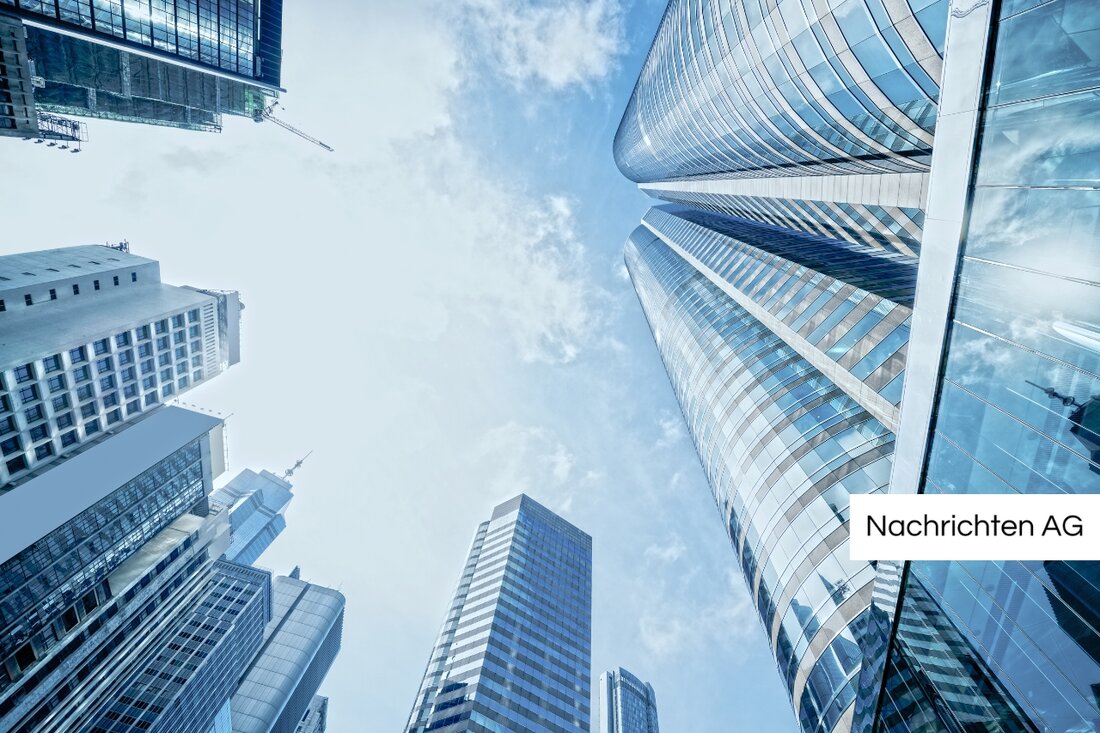Green hydrogen giant raises Schwäbisch Gmünd to the climate altetti stronghold!

Green hydrogen giant raises Schwäbisch Gmünd to the climate altetti stronghold!
green hydrogen is increasingly being viewed as a key technology for sustainable and carbon -free production. Companies such as Lhyfe from France rely on the expansion of production facilities in Europe, including in Schwäbisch Gmünd. This initiative is in accordance with the global goal of significantly reducing the high CO₂ emissions caused by conventional hydrogen production. This currently causes about one billion tons of CO₂ annually because it is mainly obtained from fossil fuels. In order to counteract this trend, the largest electrolyser in Baden-Württemberg is built in Schwäbisch Gmünd with an output of 10 megawatts, which is supposed to produce about three tons of green hydrogen every day, such as schwaebische-post.de reported.
The special thing about the planned system is that the hydrogen should be produced directly from wind power. This strategy is intended to further reduce the dependence on fossil fuels. The operator plans to provide the required amounts of hydrogen not only for industrial applications, but also for hydrogen filling stations, which are considered as potential customers. At the moment, however, the exact customers have not yet been determined.
investments and European projects
For the implementation of the electrolyseur in Schwäbisch Gmünd, Lhyfe receives a support of 6.3 million euros from a European funding program. This is part of a larger investment strategy that also includes the development of further production locations. Lhyfe itself has promised around 300 million euros for a new facility in Le Havre, of which 149 million euros are subsidized by the state. In addition, [Endress.com] (https://www.endress.com/de/ sustainability Loessungen/krod-produkt-gruener-hydrogen) reports that the region is pressing for the connection to the planned hydrogen pipeline to meet future needs on the market readiness.
in Berlin Siemens Energy opens a new factory for electrolysis devices that initially strives for a production of 1 gigawatt, in the following years even 2 gigawatts and finally 3 gigawatt. This joint venture with Air Liquide is intended to help switch the hydrogen production of natural gas to green hydrogen. The new electrolysis devices are used not only for the local market, but also for international projects in Denmark and Sweden to use the hydrogen in shipping.
economic aspects and challenges
Despite the promising developments, green hydrogen is still associated with high costs. Current price ranges for green hydrogen are between 8 and 30 euros per kilogram, which makes it expensive compared to fossil hydrogen. The CO₂ price in Europe is 70 euros per ton and is expected to increase, which will increase the pressure on industry to reduce emissions. In addition, the efficiency of electrolysis represents a challenge that depends on factors such as temperature, pressure and water purity, such as [rbb24.de] (https://www.rbbb24.de/wirtschaft/2023/11/siemens-energy-liquide-gigafactory-berlin-kout
Nevertheless, the current initiatives and investments show strong growth potential for green hydrogen, especially in industry and in traffic. Lhyfe and Siemens Energy are just two examples for companies that actively shape the transformation towards a more sustainable energy future. The key to the spread of this technology will be in common efforts, research and the promotion of renewable energy sources in order to build up the necessary infrastructures and reduce costs.
| Details | |
|---|---|
| Ort | Schwäbisch Gmünd, Deutschland |
| Quellen | |
